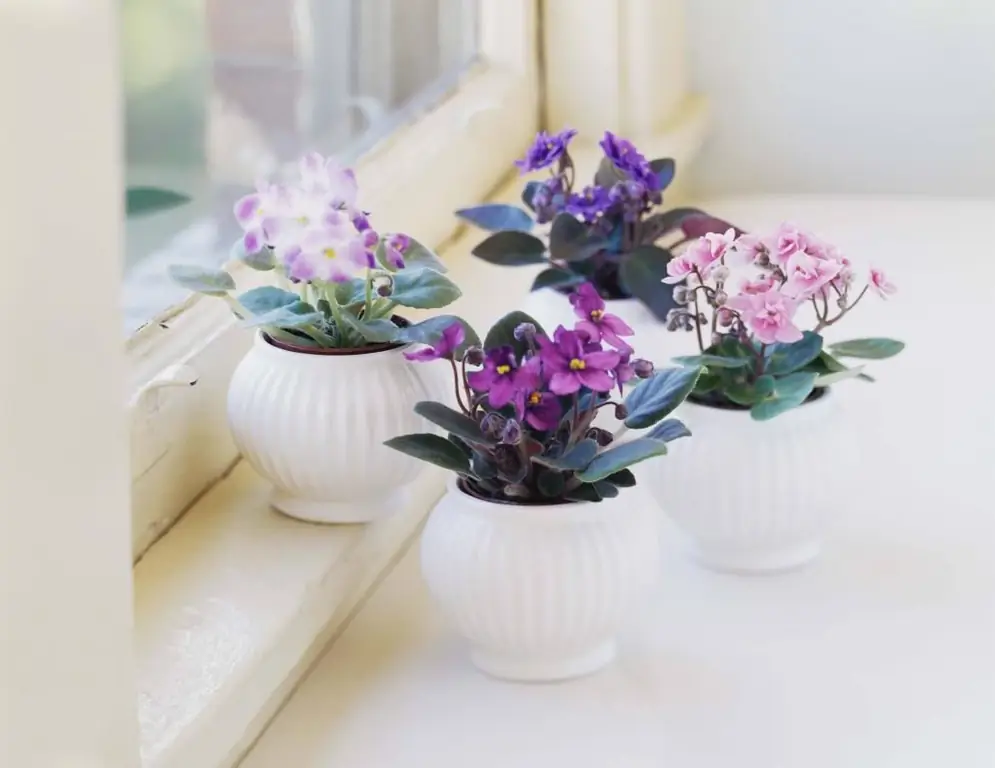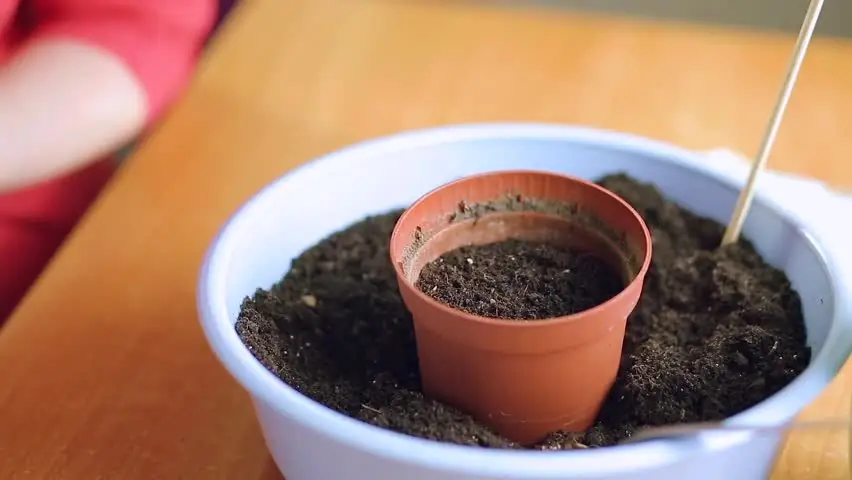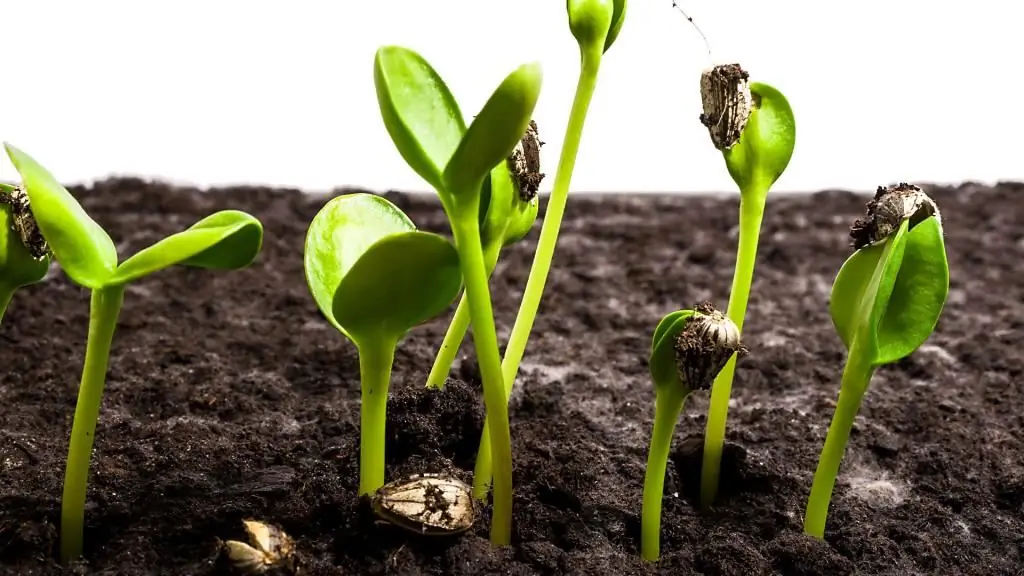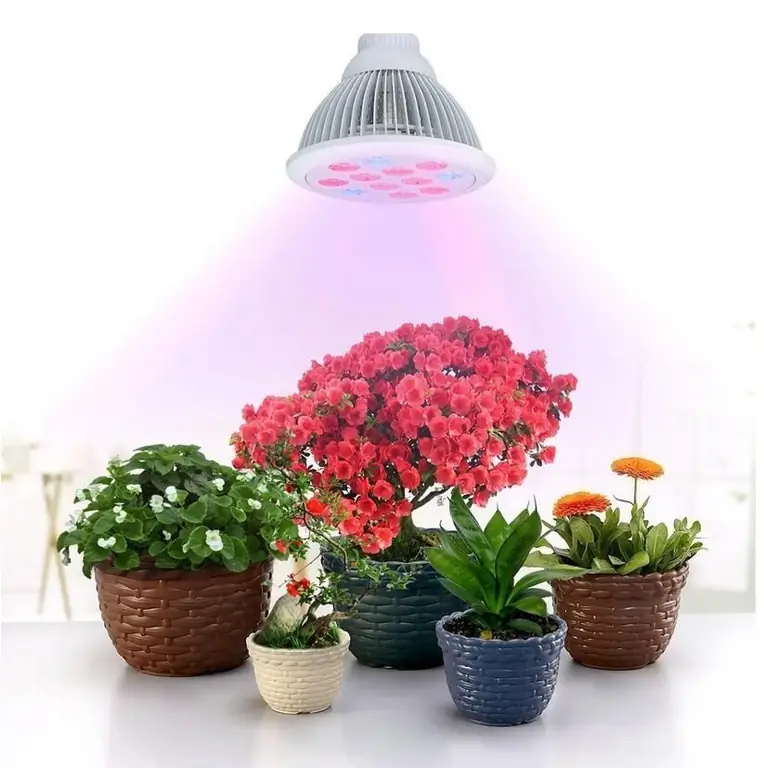Growing houseplants is a very interesting hobby. In addition, flowers help create comfort in the house, improve the microclimate and purify the air.
Growing a real beautiful flower from a small seed is not so easy, it requires a lot of effort and knowledge. This article details how to grow a home flower from seeds, what home flowers can be planted from seeds, and everything related to this.
Which houseplants can you grow from seed
Almost all flowering indoor plants produce seeds, which means you can grow them at home. Home flower seeds can be purchased from a speci alty store or collected directly from the flower.
What flowers are easy to grow from seed at home? Many flower growers agree that it is easy to grow from seeds: pelargonium (geranium), begonia, orchid, gloxinia, cyclamens, passionflower, abutilon,adeniums.
But at home you can grow not only flowering plants, but also flowers with decorative foliage: these are various palm trees (Washingtonia, Chamerops, Hovea, Hamedorea), Dracaena, Chinese bamboo, Coleus, Cyperus, bottle tree.
You can grow from seeds and various succulents: cactus, agave, aloe, hechtia, bergeranthus, sansevieria, gasteria, haworthia. These plants are considered highly ornamental and their seeds are very rare.
When plants are grown from seeds, they become more adapted to the conditions in a particular apartment, that is, to lighting, heat and humidity. That is why those plants that were bought and brought into the house as adults often die due to a sharp change in conditions.
There are other benefits to growing houseplants from seed, such as the splitting of ornamental features. And, as a result, the difference between the grown individuals and the mother. House flower seeds can be used to grow a unique geranium, begonia or rose.

Preparation for sowing
Sowing seeds is usually done in shallow containers or pots. On average, the depth of the container should be 6-8 cm, the width will depend on the number of seeds. If the containers are new, they do not need to be decontaminated, and if something has been grown in them before, then they need to be washed and processed well. Treatment can be carried out with a solution of potassium permanganate, or with an alcohol-containing disinfectant spray. You can also wipe with antibacterial wet wipes.
In advance at the bottom of the container you needmake some drainage holes. In order for the seeds of home flowers to germinate better, it is important to provide them with an optimal microclimate, for this, immediately after sowing, the containers must be covered with film or glass. Therefore, when choosing containers for sowing, it is better to think about this in advance.
Fragile and brittle plastic food containers should not be used for sowing, as they quickly break down under the influence of moisture and stress, and some seeds of perennial house flowers germinate for a very long time, for several months.
Soil for pets
It is best to germinate seeds in specialized soil for a particular plant. You can buy it at a houseplant seed store. This is the easiest and most reliable option, but there is another way - to prepare the soil yourself. To do this, you need to take sand, peat and garden soil in equal proportions. A drainage layer of 2 cm is laid at the bottom of the container. It can be expanded clay, vermiculite, pebbles, sandstone, broken bricks. The soil itself is poured on top, which then needs to be well moistened.

If the soil mixture is prepared independently, then it must be disinfected before sowing. You can put the soil in a heat-resistant container and bake it in the oven for 3-4 hours, or spill the soil with boiling water, or treat it with a manganese solution. Ready soil is placed in containers, leaving 2-3 cm to the top edge.
Preparation of seed
You can purchase already prepared seeds treated with growth stimulants, nutrients andmeans of protection against pests. You can buy them in a specialized store or order indoor flower seeds by mail. Such seeds do not need additional preparation. In addition, they should not be soaked.
Planting material collected independently needs special preparation: rejection, sorting, disinfection, stratification, heating, soaking and germination. If the seeds of domestic flowers have a dense shell, then they will need scarification, that is, it must be carefully destroyed.
Seed preparation begins in December-January, so that they can be sown in February-March.

Seed rejection and sorting
Seed rejection is carried out in a solution of table s alt, the water temperature should be 37-38 degrees. Seeds of indoor colors are placed in a solution and lightly stirred them. After that, empty and unsimilar ones will float, and high-quality ones will be at the bottom.
From those seeds that were at the bottom, for sowing, you need to choose the most complete and large grains.
Disinfection of planting material
To disinfect the seeds, they need to be placed in a solution of potassium permanganate for half an hour or treated with hydrogen peroxide. This procedure kills harmful microorganisms in the seed coats. It is especially important to get rid of microscopic fungi, due to which plants die in the initial period of growth. Therefore, disinfection is important and should be carried out.
Stratification
If you are not sure about the germination of the seed, then you canstratify flower seeds at home. This stimulates seed germination and is harmless to most plants. The procedure itself goes like this: you need to put clean, wet sand in a plastic bag, place the seeds in it and leave this mixture on the bottom shelf of the refrigerator. Stratification can be carried out from 10 to 45 days.
Warming up
This procedure accelerates seed germination by 4-10 days. You can warm the seeds of indoor plants both in dry form and in water. In the first option, they need to be hung in a fabric bag close to the heaters for 10-15 days. In the second case, the seeds are placed in hot water and left in a thermos for a day. The water temperature should be around 50 degrees.
Germination
Growing flower seeds at home begins with soaking. This is especially important after dry heating. In a flat container, you need to pour water at room temperature and place the seeds there for 1-3 days.
During soaking, the seed coat swells, and the sprouts hatch much easier and faster. The denser the seeds, the longer they need to soak. Soaking water should be changed after 3-4 hours.
Sprouting houseplant seeds in a damp cloth. Here you need to make sure that the fabric does not dry out. Immediately after the seeds hatch, they can be sown. No need to wait for the sprouts in the fabric to grow large - they can get tangled and break off.
Sowing seeds
When planting seeds, the depth of sowing is very important - the germination of seeds depends on this. The depth of sowing will depend onthe size of the seeds themselves. If the seeds are more than 2 mm in diameter, then to calculate the sowing depth, the seed diameter must be multiplied by two. At the same time, if the soil is heavy, then the depth can be slightly reduced, and if the soil is light, it can be slightly increased.

Small seeds, up to 2 mm in diameter, do not need to be covered with soil at all. On the contrary, some plants germinate in the light, these are pelargoniums and petunias.
Very small indoor flower seeds are mixed with sand for sowing. It is also possible to mix such seeds with lighthouse culture, for example, radishes. The radish germinates in 4-5 days and will clearly define flower rows. When the flowers begin to sprout, the radishes should be removed from the rows.

Flower seedling dive
Indoor plants sprout in different ways, usually from 7 days to 1 month. When the plant has real leaves (1-3), then the seedlings need to dive.
Indoor flowers are best planted immediately in separate containers or pots. After transplanting, the plants will begin to grow stronger and grow faster. If the growth of the plant stops, and the plant itself withers with proper care, then it is better to throw it away.
Individual packaging is selected for each plant in such a way that the roots feel free, and there is still 3-4 cm of free space left from the edges of the container.
You don’t need to take too large a container either, as moisture can stagnate in it and the roots rot. Prepare and fill the container with soil in the same way as when sowing seeds.

Aftercare
After transplanting plants into individual containers, waiting for the first flowering begins. Perennial flowers grown from seeds bloom later than vegetatively propagated. Sometimes the first flowering will have to wait 3-4 years.
In the first year of growing, plants need to be watered regularly, loosen the soil and feed at least twice. In early summer, flowers need to be fed with humate-based fertilizers, and potash fertilizers will be required by winter. Intermediate fertilizing can be carried out with special fertilizers for a particular type of plant.
By winter, watering reduces and reduces the amount of sunlight. With the onset of the spring period, the plants will need more light; a special lamp will help provide additional lighting. Today you can buy a specialized phytolamp with red-blue light to further stimulate plant growth. Nfr. the phytolamp needs to be turned on for only 1-2 hours a day. In summer, flowers can be taken out to the balcony or loggia for air and sunbathing.

Several plants you can grow at home from seeds
- Adenium - is a prominent representative of the kutrov family. This succulent has a strong trunk, grows up to 50 cm at home. Having created favorable conditions for the seeds of adenium, they will give good shoots. To create the right conditions, you need to constantly heat the sown seeds. The temperature of the soil with seeds should be around 25-29 degrees. Adenium seeds of a delicate brownish color, look likesmall straws. This indoor flower will delight flower growers with its rapid growth.
- Plumeria. Plumeria is a tropical plant with amazing beauty and pleasant aroma. It is possible to grow plumeria at home from seeds only if the seeds are planted correctly and the plant is properly cared for. Plumeria grows quite high, at home it can reach 2 meters. It is best to grow this plant in winter gardens and greenhouses. Plumeria seeds germinate well under the same conditions as adenium seeds.
- Date. It is easy to grow a date at home from its own seeds. But here you need to remember that you can’t wait for the fruits from such a plant. Date is a large palm tree, but it grows well both at home and in the office or greenhouse. Date seeds germinate quickly, the first sprouts may appear in a week.
- Passiflora. Passiflora is a vine that is also easy to grow at home. To grow passionflower from seeds, you need to properly prepare the soil: mix peat, humus and leafy soil, ignite this mixture in the oven for 10 minutes and let it cool. It is also important that the seeds are fresh - the percentage of germination will be higher.
- Pelargonium. Pelargonium is a perennial flower of the Geranium family. Even a beginner can grow this plant, observing the basic requirements of sowing and subsequent care. Seeds for sowing are easy to buy at a regular garden store, while you can choose a varietal pelargonium.
Growing houseplants from seeds is a very interesting activity, especially sinceSeeds are now freely available. You can easily buy them at the store or order houseplant seeds by mail. Growing may be a bit of a hassle, but experimenting with new plants is great fun.






